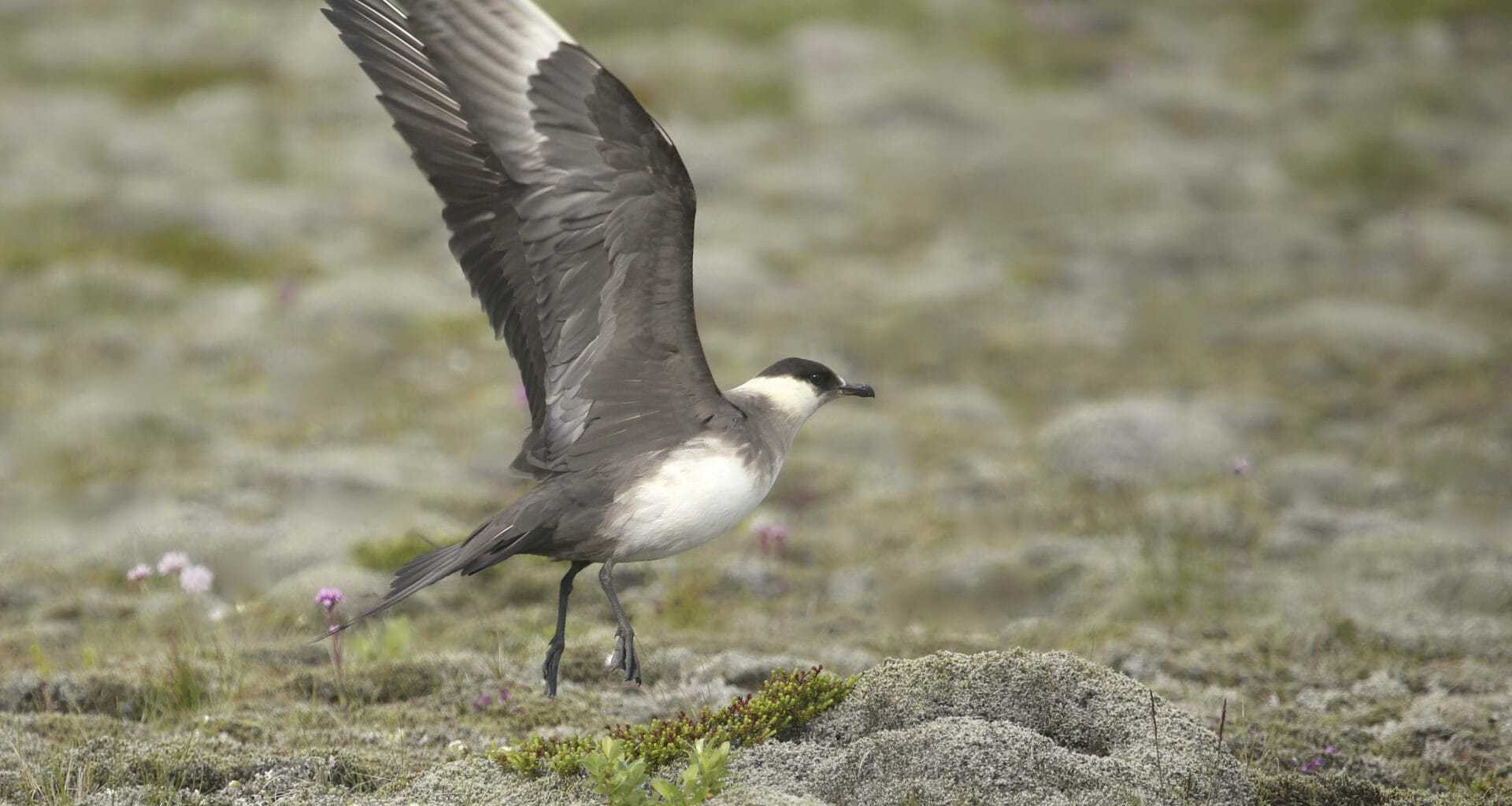The number of Scottish natural habitats and wild species in good condition has decreased since last year, according to the agency tasked with protecting Scotland’s natural heritage.
New data by NatureScot reveals that 77.9 per cent of Scotland’s natural features on protected sites are “either in, or recovering towards, a favourable condition”, as of 31 March 2022.
This represents a 0.4 per cent decrease since 2021, prompting fresh concerns about the twin crises of climate change and nature loss.
RSPB Scotland argued that protected sites are “not working well enough for nature”. NatureScot and the Scottish Government said they are committed to tackling the “twin crises of climate change and nature loss”.
We need a new approach and a reinvestment of action and funding to protect and restore these amazing sites.
Isobel Mercer, senior policy officer at RSPB Scotland
The annual update by NatureScot follows an investigation by The Ferret last October which revealed that more than 1,100 of Scotland’s wildlife species and natural habitats were in a “poor” condition, and dozens of the nation’s protected sites had been damaged by climate change.
Species in decline include the Scottish wildcat, hedgehogs, capercaillie, black grouse, and a bird called the arctic skua, which is facing extinction in the UK by 2100.
NatureScot monitors 1,880 protected sites across Scotland annually, which collectively host 5,590 natural features. By 31 March 2022, the condition of 5,301 had been assessed.
The proportion of features in “favourable condition” increased by 6.5 per cent between 2005 and 2022. But since 2016, the number in favourable condition has decreased by 2.5 per cent when it peaked at 80.4 per cent.
NatureScot said the conditions of habitats, species and earth sciences – which includes geological outcrops and landforms, fossil beds and caves – all declined from 2021, showing decreases of 0.7 per cent, 0.2 per cent and 0.5 per cent, respectively.
The most common problems facing natural features on protected sites include invasive species such as Rhododendron or Japanese knotweed.
Climate change is one of a number factors – along with farming and forestry operations – causing problems. The majority of protected areas affected by climate change, such as sites of special scientific interest (SSSI), are coastal or islands with seabird and wader bird populations.
Isobel Mercer, senior policy officer at RSPB Scotland, argued that the new data shows protected sites are “not working well enough for nature”.
She added: “We need a new approach and a reinvestment of action and funding to protect and restore these amazing sites. It is therefore good news that NatureScot recently launched a co-design process for deciding how to deliver the Scottish Government’s target of how to protect at least 30 per cent of Scotland’s land for nature by 2030.
“The key is that this 30 per cent of land is not just protected, but also effectively managed for nature – it is not just the quantity of protected areas we have that matters, but the quality too.”
This isn’t something we can do on our own; we all need to play our part to protect Scotland’s nature and to champion the work of land-managers who are delivering for nature on these sites
Nick Halfhide, NatureScot’s director of nature and climate change.
Nick Halfhide, NatureScot’s director of nature and climate change, said Scotland is facing a “nature emergency” and protected areas have a “vital role” to play in “strengthening Scotland’s ecological networks”.
He added: “Protected areas are often small and isolated from other natural areas. So although it’s possible to improve some species and habitats with work on one site, we also have to look at the situation more widely. This isn’t something we can do on our own; we all need to play our part to protect Scotland’s nature and to champion the work of land-managers who are delivering for nature on these sites.”
Biodiversity minister Lorna Slater MSP said the Scottish Government is committed to tackling the “twin crises of climate change and nature loss” which is why it recently established a £65m Nature Restoration Fund.
She added: “Evidence tells us that non-native species are one of the top five drivers of global biodiversity loss – threatening the survival of native wildlife and damaging our natural ecosystems. The Scottish Government is funding the Scottish Invasive Species Initiative, which is tackling invasive non-native plant and animal species alongside rivers and watercourses in northern Scotland – covering over one third of Scotland’s total area.”
Featured photo thanks to iStock and Nancy Strohm














